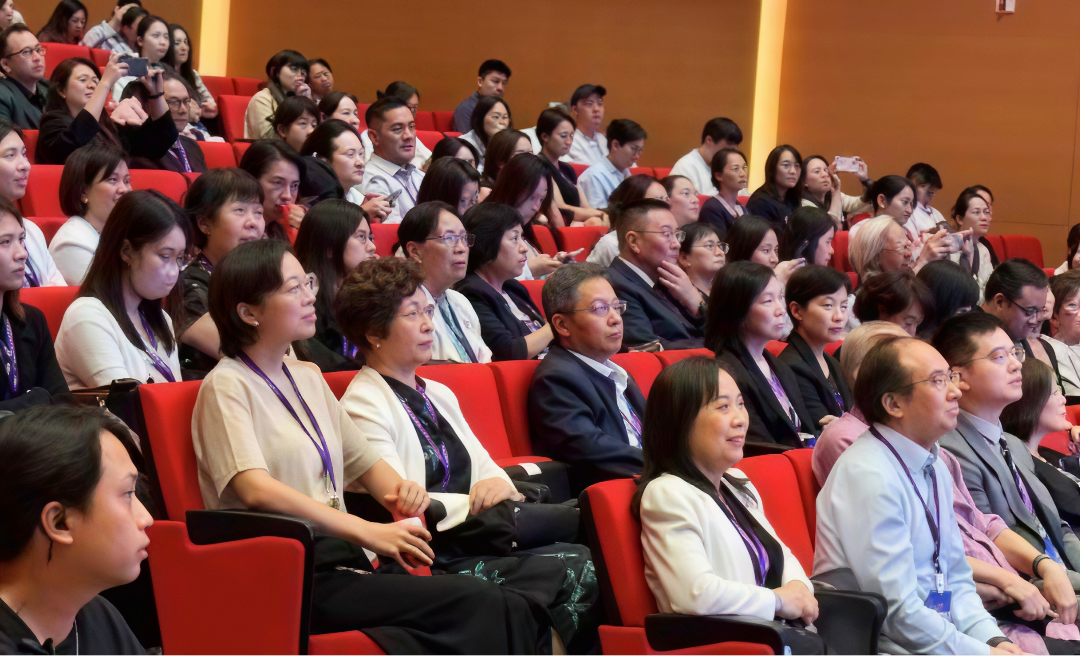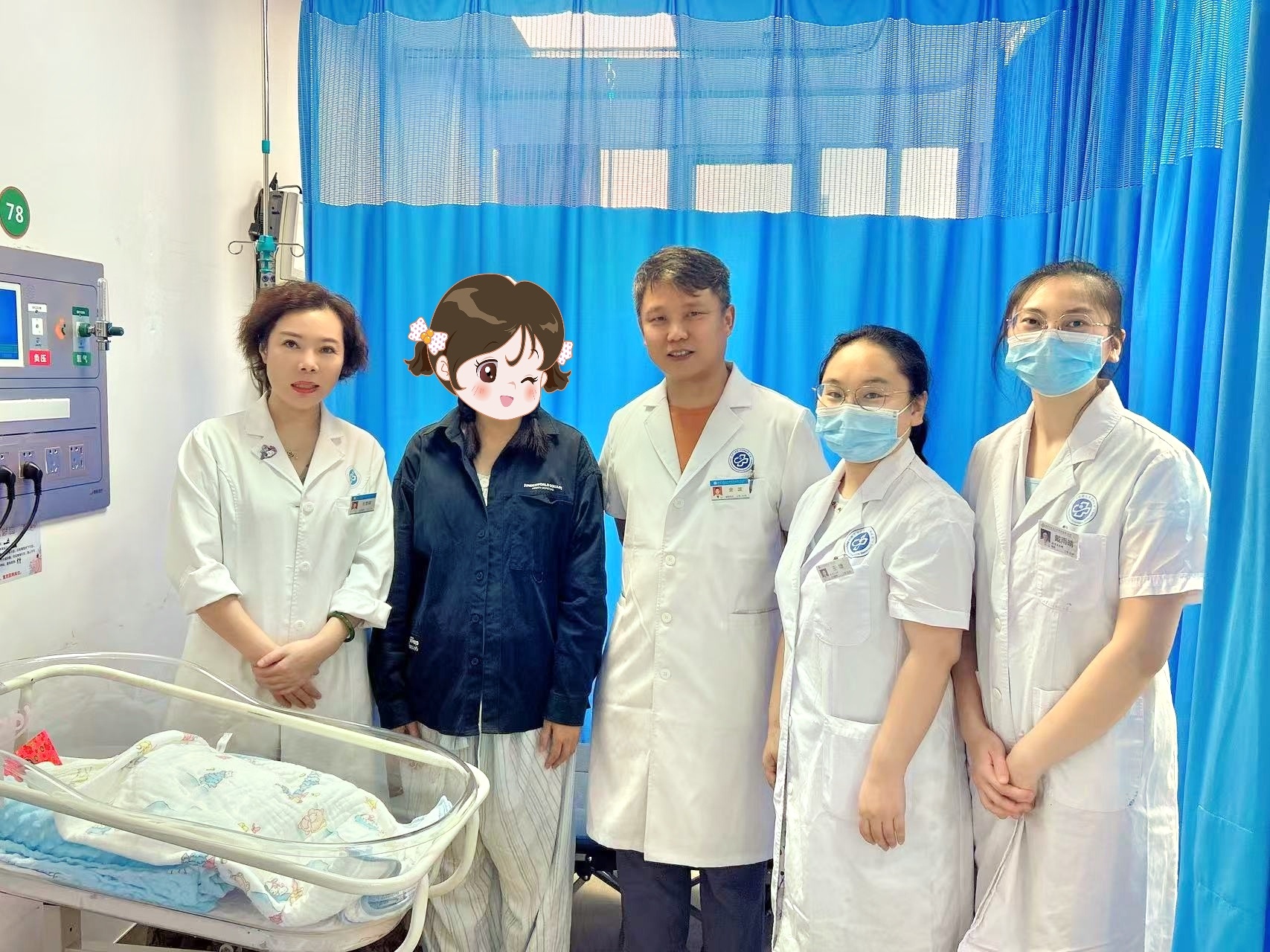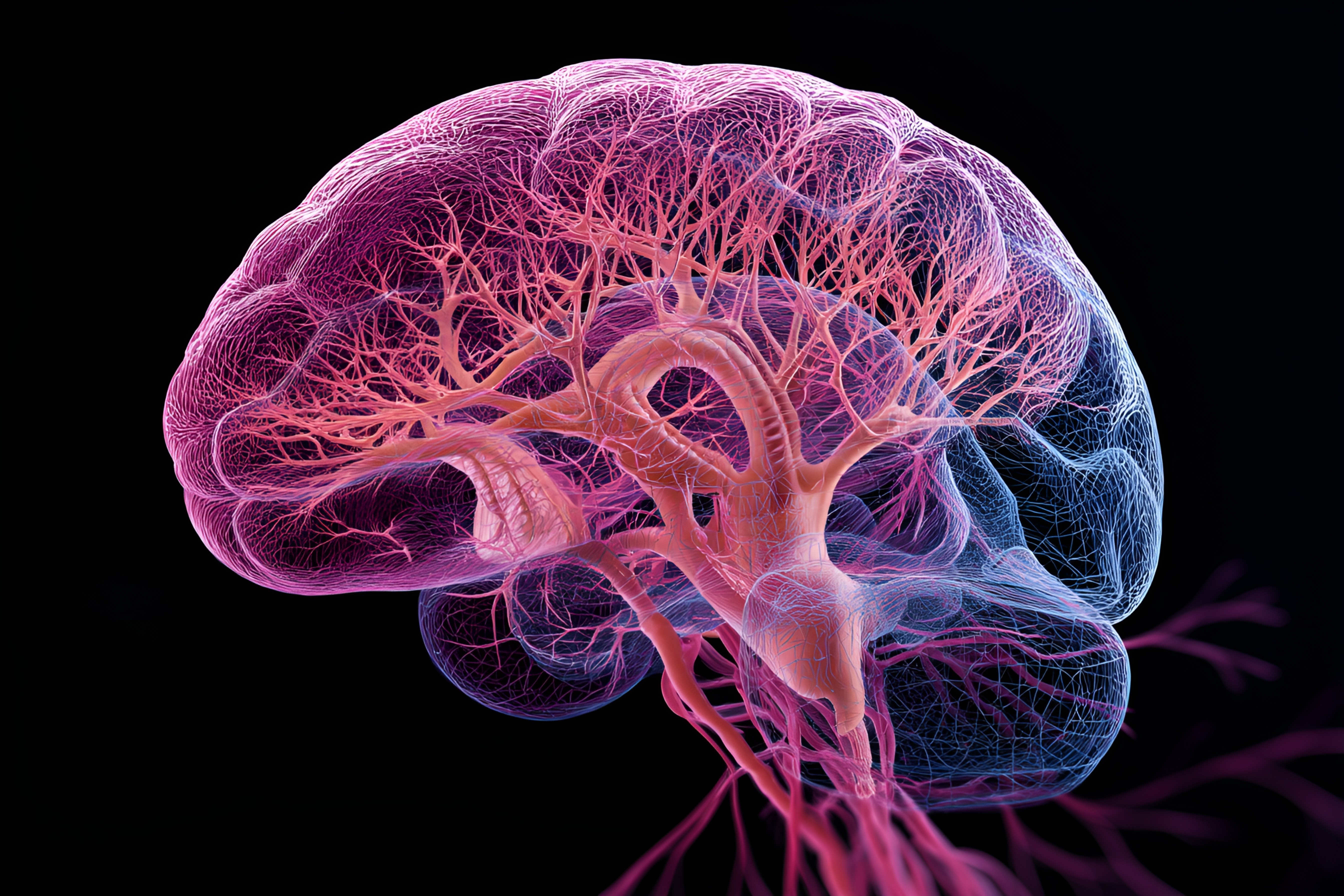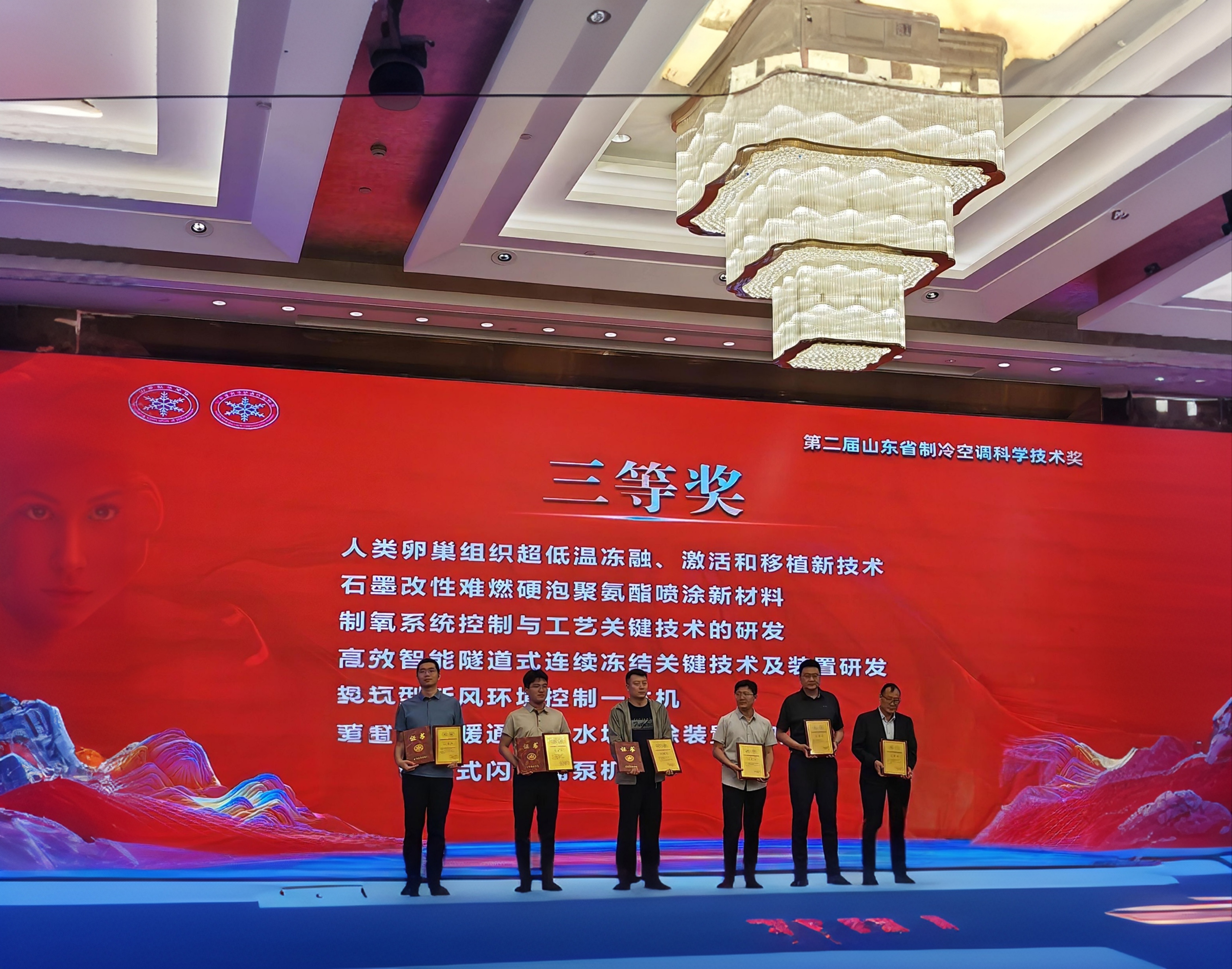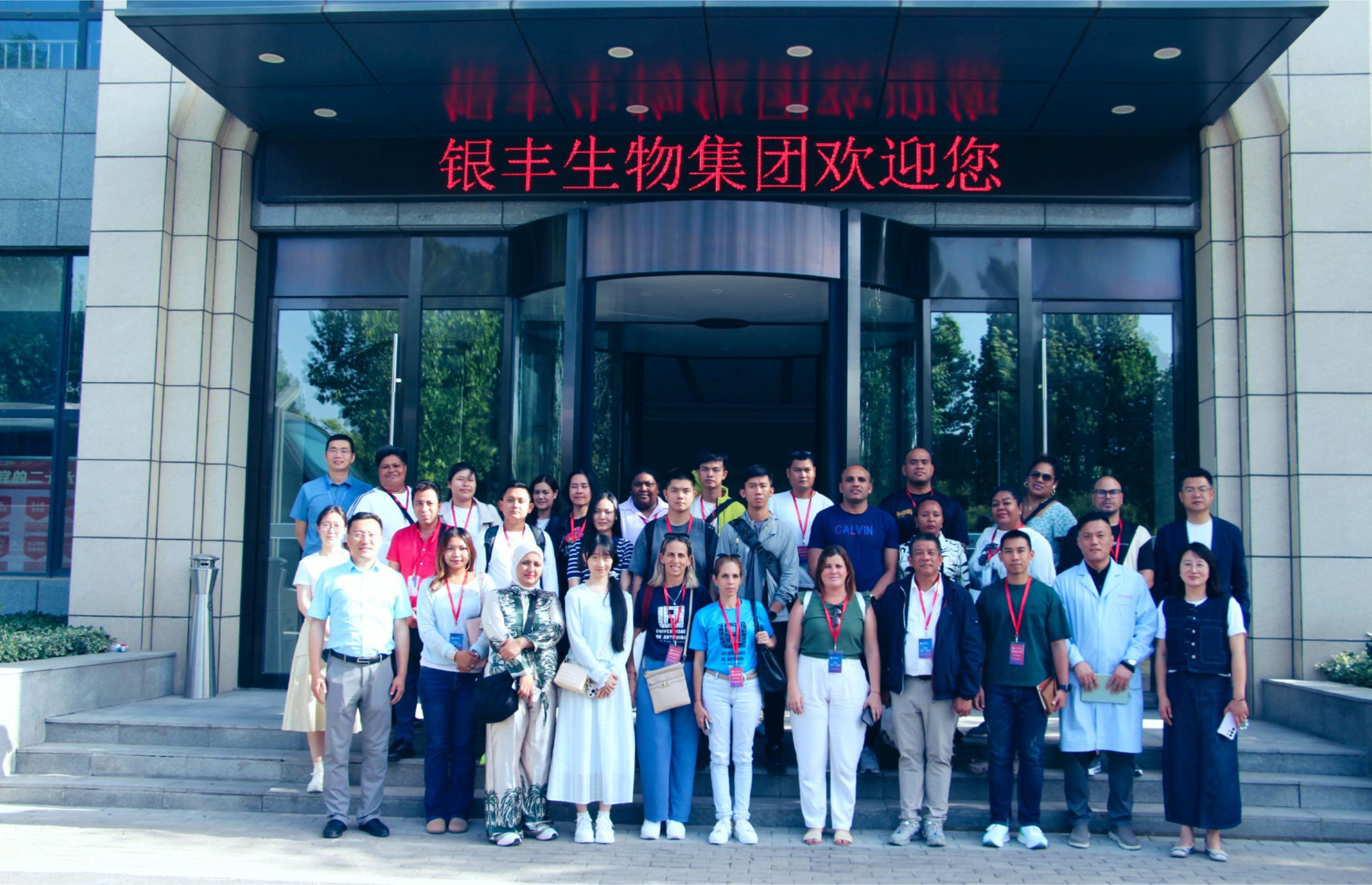Significant Breakthrough! New CRISPR Technology Achieves Real-Time Tracking of RNA in Living Cells
Release time:
2025-03-05
Recently, a research team from the University of California, Berkeley, published a groundbreaking technology called smLiveFISH in Nature Biotechnology. It's akin to having nanoscale GPS for RNA in cells, enabling real-time tracking of natural RNA molecules' dynamics. This directly elevates our understanding of the microscopic world of life to a new height!
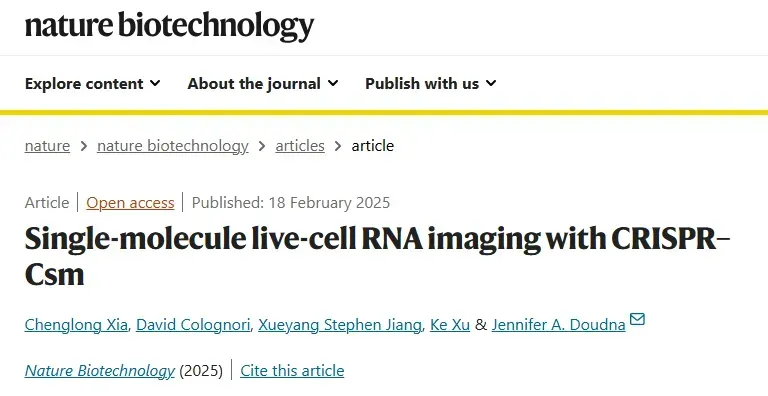
RNA plays a critical role in life activities, acting like a precise commander controlling gene expression and protein synthesis. Previously, researchers could only understand RNA behavior through "static snapshots" using fixed-cell imaging or "artificial labeling" by inserting fluorescent tag sequences into RNA, akin to guessing how dinosaurs moved through fossils. They couldn't access how RNA actually "functions" in living cells.
This time, the smLiveFISH technology has remarkably enhanced the CRISPR-Csm system. In simple terms, it designed an array of 24-48 crRNA probes targeting RNA and paired them with Csm protein complexes carrying multiple GFP tags, addressing the signal-to-noise ratio issue in traditional imaging techniques. Using this technology, researchers observed the fascinating transport processes of NOTCH2 mRNA and MAP1B mRNA.
NOTCH2 mRNA is intriguing with two "action modes". Most (71%) appear "anchored" to the surface of the endoplasmic reticulum, barely moving, while a small portion (29%) diffuses freely in the cytoplasm. When translation was inhibited using puromycin, the previously "quiet" NOTCH2 mRNA became active, confirming that mRNA can be "anchored" to the endoplasmic reticulum through nascent peptide chains, precisely delivering proteins to their destination. Furthermore, NOTCH2 mRNA strategically distributes 10-20μm away from the nucleus to enhance translation efficiency, promptly address misfolded proteins, and quickly respond to signals. If its "residency location" is incorrect, it might lead to developmental anomalies and cancer.
MAP1B mRNA behaves like it’s taking an "express train" inside cells, "racing" towards the cell edges along microtubules at an average speed of 1.3μm/s, reaching up to 2.5μm/s. During transport, it occasionally pauses and even reverses direction when going the wrong way. When translation is inhibited, it speeds up to 1.5μm/s, suggesting that the translation complex acts as a "brake". Moreover, it primarily resides at cell edges, enabling immediate protein translation needed during cell migration or axon growth.
This technology boasts numerous advantages! It doesn't require inserting artificial sequences into RNA, thus maintaining RNA's original state, is applicable in many cell lines, achieves a temporal resolution of 100 milliseconds to capture mRNA's instantaneous changes, and doesn’t interfere with mRNA abundance, degradation, or translation efficiency.
In terms of application prospects, it can aid research into neurodegenerative diseases, cancer metastasis, and more, and assist in new drug development. The constructed "RNA transport map database" could potentially identify new biomarkers in the future. In terms of technical expansion, the technology could be applied in multicolor imaging, drug screening, and gene therapy.
However, the new technology also raises ethical issues, such as whether it should observe the RNA dynamics of fertilized eggs, potential misuse, and handling massive data volumes. But the scientific community is already taking action, establishing ethical frameworks to better ensure the technology benefits humanity.
The smLiveFISH technology is like a key unlocking the "black box" of life operations, bringing us a step closer to deciphering the spatiotemporal code of life. With its help, the long-standing disease challenges may find solutions in the future!
Latest developments
Over the two days, the symposium was not only a collision of ideas but also seeds sown to advance social progress in life culture. The Shandong Yinfeng Life Science Public Welfare Foundation will continue to use technology as wings and culture as roots, collaborating with all sectors of society to enhance the quality of life for the Chinese people and build a human-centered life care system.
According to recent announcements by the Jinan Municipal Bureau of Science and Technology, 11 outstanding achievements from Jinan have been included in the 2025 "Shandong Outstanding Achievements Report" project. Among them is the globally first-of-its-kind ovarian tissue dual-activation technology developed by Shandong Silver Med Life Science Research Institute (Jinan).
Recently, Frigid Zone Medicine, an authoritative international journal in the field of cryomedicine, published an important review titled "Advances in the Detection Methods for Assessing the Viability of Cryopreserved Samples". Written by the team of Yinfeng Cryomedical Research Center, the article systematically reviews and analyzes various detection techniques currently used to evaluate the viability of cryopreserved cells, tissues, and organs. It also proposes key directions from the perspectives of methodological integration and future instrument development, offering crucial theoretical support and practical guidance for the long - term cryopreservation of complex tissues and organs.
Recently, the "Novel Technology for Ultra-Low Temperature Cryopreservation, Activation, and Transplantation of Human Ovarian Tissue," developed through a collaborative effort between Shandong Yinfeng Life Science Research Institute and Beijing University of Chinese Medicine Shenzhen Hospital, has been awarded the 2025 Shandong Refrigeration and Air Conditioning Science and Technology Award. This groundbreaking technology pioneers a new pathway for female fertility preservation, marking a significant leap in China’s interdisciplinary advancements in reproductive medicine and cryobiology.
On May 19, a delegation from the Chinese Training Workshop for Government Officials of Developing Countries visited the exhibition hall of Yinfeng Biological Group's Cryomedicine Research Center. Government officials from multiple countries gained in-depth insights into Yinfeng’s innovative achievements in cryobiomedicine, cell storage, genetic technology, and other fields. They engaged in discussions with the delegation on technology transfer and international cooperation, contributing to the building of a global community with a shared future for humanity.



